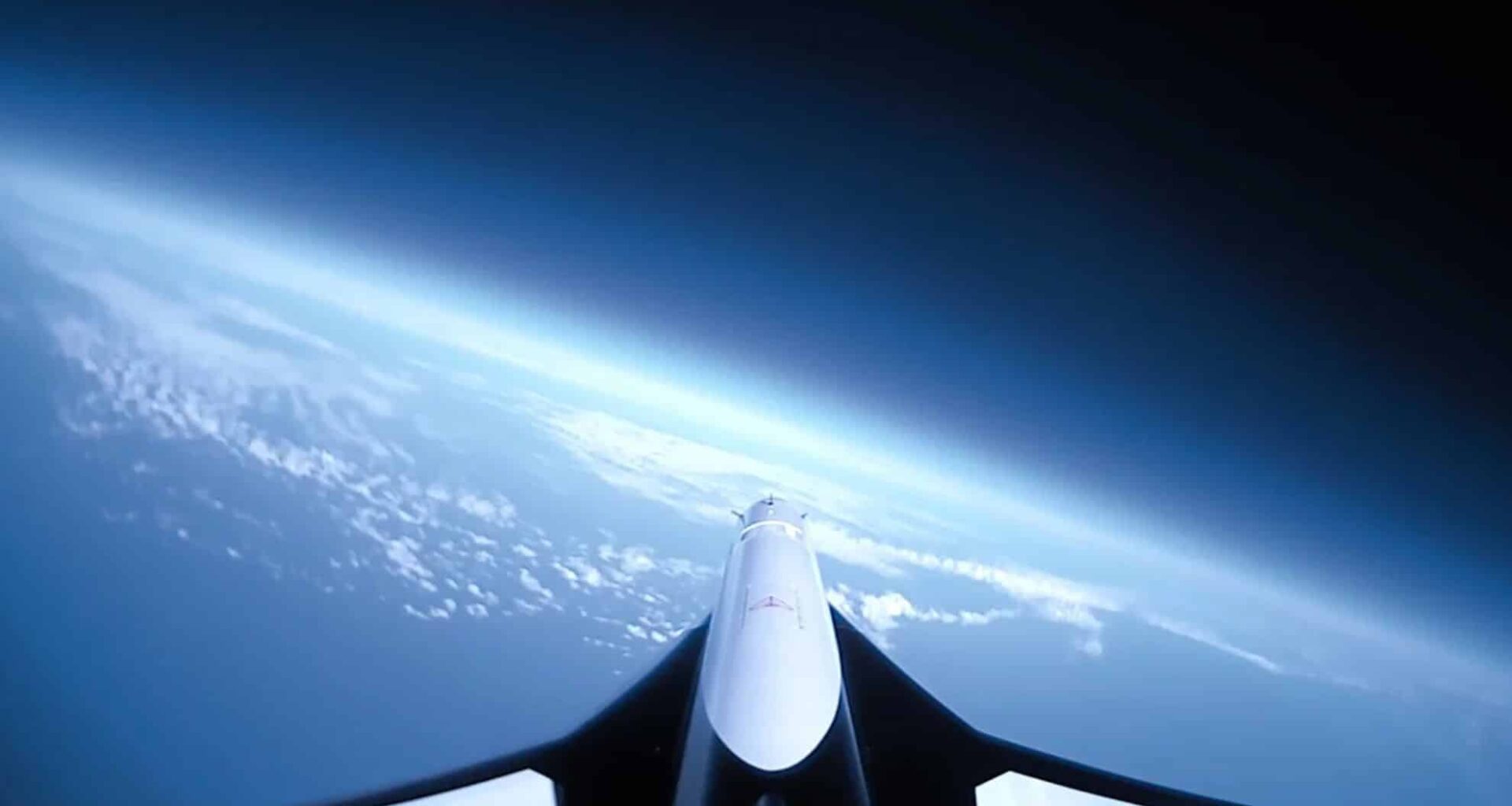The Aurora rocket-powered spaceplane, developed by Dawn Aerospace, has made history with its successful test flight, pushing the boundaries of space surveillance. This achievement, announced in August 2025, marks a significant milestone in the evolving landscape of aerospace technology. This demonstration flight, launched from New Zealand’s Tāwhaki National Aerospace Centre, ascended to 67,000 feet (around 20 kilometers) at a speed of Mach 1.03. The Aurora’s ability to reach the edge of space quickly and safely allows for a new approach to space domain awareness (SDA), offering a powerful alternative to traditional satellite-based surveillance methods. The test flight also featured Scout Space’s Morning Sparrow optical payload, setting the stage for a game-changing capability to observe and track satellites in Very Low Earth Orbit (VLEO).
A suborbital test flight earlier in 2025 had already demonstrated Aurora’s capabilities in a similar context, laying the groundwork for the evolving role of spaceplanes in space security (Dawn Aerospace, 2025). The flexible nature of the Aurora spaceplane allows for more rapid access to VLEO, which is increasingly crowded with small, commercially launched satellites. As such, this technology is expected to be a key player in space surveillance and security in the years to come.
The Aurora Spaceplane: A New Frontier for Space Surveillance
The Aurora spaceplane is designed to address a fundamental challenge in space surveillance: the time it takes to gather actionable intelligence. Traditionally, satellites take years to launch and deploy, making them impractical for responding to sudden threats or changes in space activity. The Aurora, on the other hand, can be launched from a conventional runway, cutting down the time required to deploy and reposition a surveillance platform. This characteristic makes it uniquely suited for rapid-response missions in low Earth orbit.
During its inaugural test flight, Aurora reached the boundary of space with a payload designed for satellite tracking. The spacecraft’s quick ascent and rapid return to Earth illustrate the unique capabilities of this new generation of spaceplanes. Unlike satellites, which are often limited by long development timelines, Aurora offers a flexible platform capable of rapid deployment and reusability. This capability could revolutionize how space security and surveillance are approached, particularly in fast-evolving sectors like VLEO.
In the words of Stefan Powell, CEO of Dawn Aerospace, “This is exactly what the Aurora is designed for—repeatable, tactical access to near space, supporting payloads that can’t wait months or years for launch.” By offering access to VLEO on demand, Aurora positions itself as a critical asset for monitoring and securing the increasingly crowded near-space environment.
VLEO: The New Frontier of Space Security
Very Low Earth Orbit (VLEO) is rapidly becoming one of the most vital regions of space. This is the realm where many small, fast-deployed satellites operate, making it a key area for monitoring and security. However, the rapid deployment of satellites into this region has created a new set of challenges for traditional surveillance systems. Space-based telescopes and ground-based observatories are too slow to respond effectively to changes in this dynamic environment.
The Morning Sparrow optical payload carried aboard the Aurora spaceplane during the test flight is a promising solution to this challenge. The payload uses stereoscopic sensors to create high-resolution images of VLEO objects, allowing operators to track and identify satellites in this crucial orbital zone. By launching from a runway rather than waiting for a satellite launch window, Aurora offers a much faster and more flexible approach to VLEO surveillance.
“Rapidly deployable, high-performance, high-altitude platforms are notoriously few and far between,” said Philip Hover-Smoot, CEO of Scout Space. “Accelerating flexible access to VLEO represents a leap forward in how we think about taskable surveillance and space security in rapidly evolving low orbit environments, and unlocks new options for operators looking for otherwise limited intelligence products across the increasingly important VLEO regime.” This sentiment underscores the need for adaptable platforms like the Aurora to meet the growing demands of space security in an age of rapid satellite proliferation.
The Promise of Responsive Space Operations
The key to the success of the Aurora spaceplane lies in its ability to quickly adapt to new missions and payloads. Unlike traditional satellites, which require years of planning and coordination before launch, the Aurora can be rapidly reconfigured to meet changing operational needs. This flexibility is crucial for operators who need to respond quickly to emerging threats or shifting intelligence requirements.
Aurora’s ability to fly, process data, and return to the ground for immediate reconfiguration makes it a true game-changer in space domain awareness. Once the vehicle lands, engineers can quickly offload data and prepare it for the next flight, creating a continuous loop of “fly-process-fly” capabilities that traditional space systems simply cannot match. This rapid turnaround allows Aurora to maintain a high operational tempo, providing near-real-time intelligence on VLEO objects and other space assets.
In the context of space surveillance, this operational agility is essential for governments and commercial entities seeking to maintain control over the increasingly congested space environment. As more satellites are launched into space, the ability to monitor and track these objects with precision becomes increasingly important. Aurora’s design enables it to be a vital tool in the growing need for responsive space operations.
